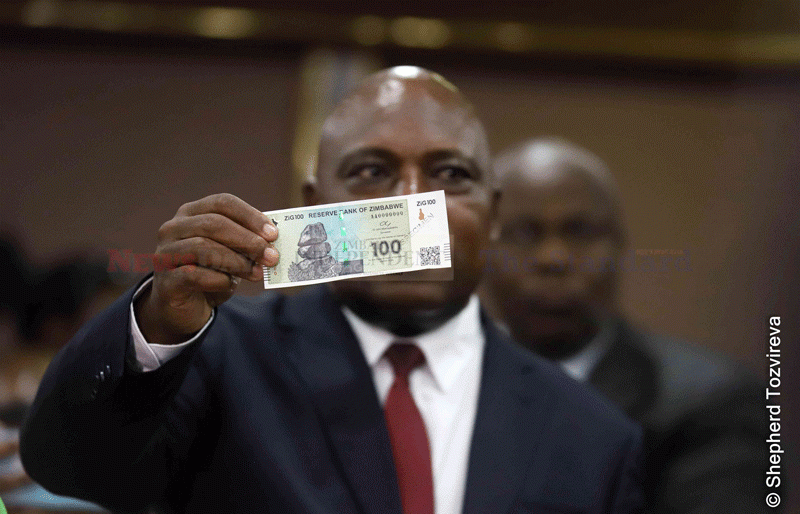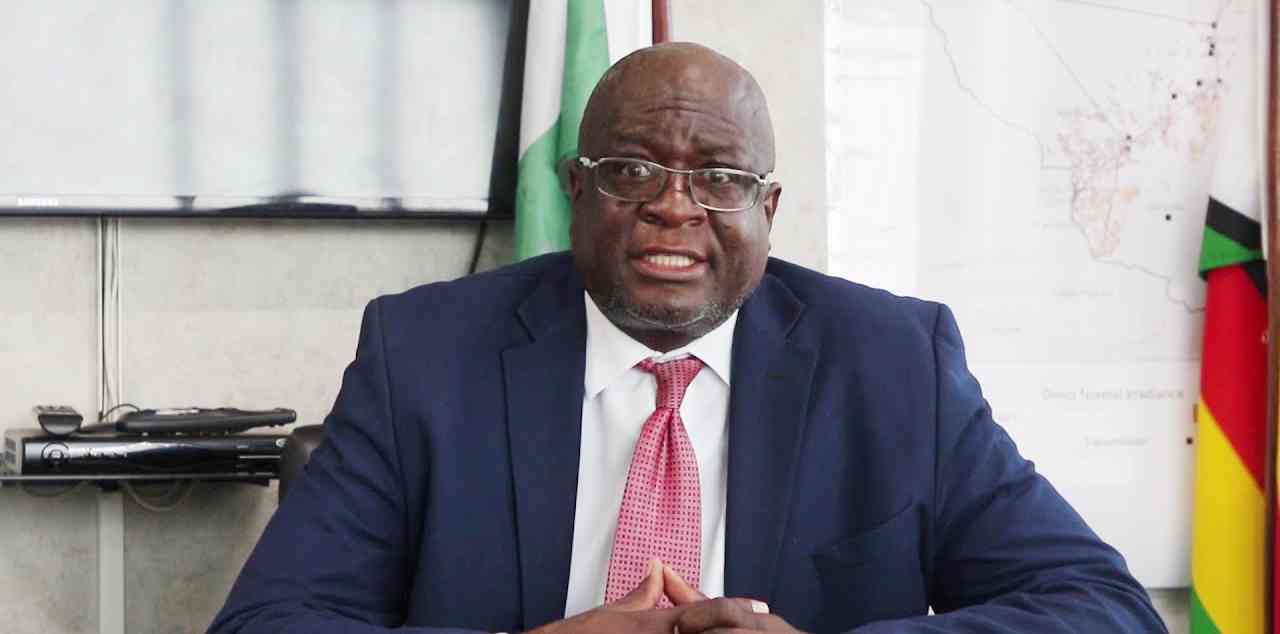
BELOW is by American think tank Fitch Solutions on Zimbabwe economic performance in 2022. This was published in its December 2021 Southern Africa Outlook.
AT Fitch Solutions we expect Zimbabwe’s current account deficit to widen from an estimated 1.7% of gross domestic product (GDP) in 2020 to 2,8% in 2021, as growth in imports — driven by an uptick in domestic economic activity — outstrips that of exports. We forecast that real GDP will return to positive growth of 4,9% in 2021 — the strongest expansion since 2012 — reflecting base effects and a partial recovery of the informal sector (which accounts for the bulk of economic activity) as Zimbabwe’s relatively rapid progress on its vaccine rollout allows for the lifting of some social distancing measures. The import bill will be further boosted by imports of power and higher oil prices. Our oil and gas team expects the average price of Brent to rise to USD72,0 per barrel (/bbl) in 2021, from US$43,2/bbl in 2020. With oil accounting for some 30,6% of
Zimbabwean imports in 2020, this will contribute to a forecast 6,5% year-on-year rise in imports, although import growth will be capped by the ban on maize and maize meal imports (reflecting government projections that maize production in the 2021 harvest will increase to 2,8m tonnes, from 900 000 tonnes in 2020).
Exports will also rise, but at a more moderate pace. External demand for Zimbabwe’s mining exports, which accounted for more than two-thirds of total goods exports in 2020, will rise alongside more rapid global growth — we expect global real GDP to expand by 5,7% in 2021 following a 3,4% contraction in 2020. While the early August announcement of an immediate ban on raw chrome exports (so as to support the domestic ferrochrome industry) will act as a partial constraint on such exports, our Mining team expects the overall value of Zimbabwe’s mining industry to rise by 8.1% in 2021. Platinum production is forecast to rise by 5,0% in volume terms, and diamond output by 5,0%, and overall we expect the total value of exports to rise by 2,4% year-on-year in 2021.
Deficits on the services and primary income accounts will widen in 2021. Service sector earnings will be constrained by the continued weakness of the tourism sector. While the government in July reopened key tourism attractions to vaccinated visitors — and has offered vaccines to all local residents in prime sites such as Victoria Falls — we do not expect total tourism arrivals to return to 2019 levels until 2025. Meanwhile, growth in mining output, and elevated prices for key minerals, will lead to higher profit remittances by mining companies, helping keep the primary income account in deficit.
The secondary income account will remain in substantial surplus given large aid inflows and solid remittances. According to the Mid-Term Budget Review, diaspora remittances in H121 totalled US$746,9mn, 158,7% up on the year-earlier period, and will total US$1,3 billion over 2021 as a whole, according to government forecasts. We expect the secondary income surplus to rise by 2,8% in 2021, in part reflecting rising remittances as global economic activity picks up.
In 2022, we expect the current account deficit to narrow, to 2,6% of GDP. Our Mining team forecasts a 4.4% rise in the price of nickel, which will bolster Zimbabwe’s export earnings, and our Oil and Gas team forecasts a 4,2% fall in the price of Brent crude oil — Zimbabwe’s largest import.
However, the ban on grain imports is likely to be lifted — Zimbabwe does not tend to experience consecutive above-average harvests — while demand for consumer and capital imports will remain solid as inflation slows further (we forecast annual average inflation of 25,0%, down from 140,1% in 2021) and construction activity rises (our Infrastructure team expects the construction industry to expand by 2.8%).
- Chamisa under fire over US$120K donation
- Mavhunga puts DeMbare into Chibuku quarterfinals
- Pension funds bet on Cabora Bassa oilfields
- Councils defy govt fire tender directive
Keep Reading
Covering short-term external financing needs is likely to remain challenging given still limited foreign investment flows. We expect a modest rise in foreign direct investment (FDI) in 2021 with a focus on the mining sector. However, this comes after a 62.4% drop in FDI in 2019 to USD280.0mn and a further 30.7% decline to USD194.0mn in 2020, according to data from the UN Conference on Trade and Development. In addition, we expect macroeconomic imbalances and lack of policy predictability to continue to act as a constraint on FDI outside the mining sector over the coming quarters. —Southern Africa Outlook











